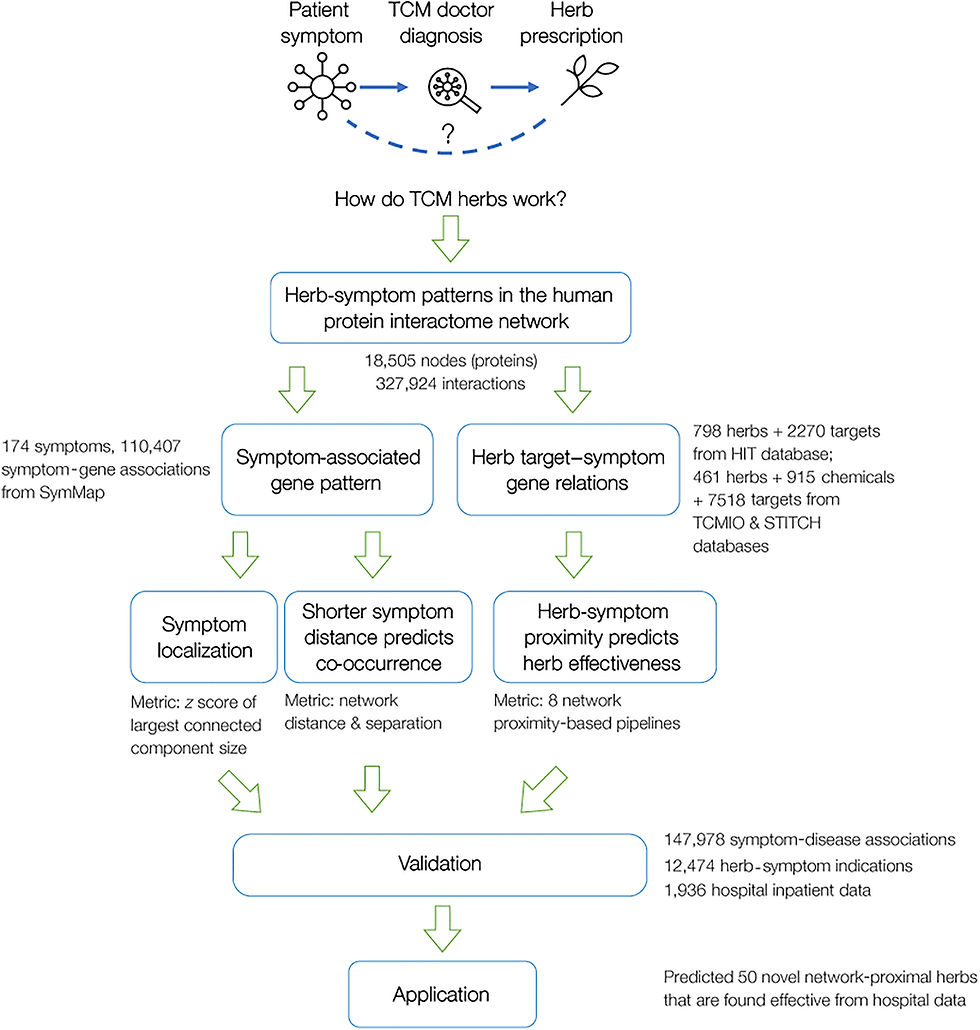Chinese herbs only account for <5% of drug-induced liver injury in China
- zuobiaoyuan
- Apr 24, 2023
- 2 min read

Adverse drug reaction (ADR) is unwanted “secondary injury” to patients, which is one of the leading causes of hospitalizations and morbidity resulting nonnegligible public heath burdens. Prevention of ADR is a particularly challenging work since over 50% of them belong to bizarre type and are unpredictable in nature. Liver-related ADR, usually called as drug-induced liver injury (DILI) in clinical diagnosis, is a clinically-important ADR damaging liver (L-ADR), which may cause substantial hospitalizations, acute liver failure and even death. L-ADR is either the leading causes of acute liver failure in the United States or the most frequent reason for the postmarketing drug withdrawal. However, since the very low incidence (19–23.8/100,000), detection of L-ADR is great challenging. This situation leads to little knowledges of the epidemiological trends and characteristics of L-ADRs and in turn limits our ability to initiate precise policies to prevent and control this critical drug-induced disease.
The report used the data of 6.673 million of ADR reports from January 1st, 2012 to December 31st, 2016 in China National ADR Monitoring System to establish a new database of L-ADR reports for future investigation. Results showed that totally 114,357 ADR reports were retrieved by keywords searching of liver-related injuries from the original heterogeneous system. By cleaning and standardizing the data fields by the dictionary of synonyms and English translation, we resulted 94,593 ADR records reported to liver injury and then created a new database ready for computer mining. The reporting status of L-ADR showed a persistent 1.62-fold change over the past five years. The national population-adjusted reporting numbers of L-ADR manifested an upward trend with age increasing and more evident in men. The annual reporting rate of L-ADR in age group over 80 years old strikingly exceeded the annual DILI incidence rate in general population, despite known underreporting situation in spontaneous ADR reporting system. The percentage of herbal and traditional medicines (H/TM) L-ADR reports in the whole number was 4.5%.

Figure 1. The overall spectrum of drugs reported to liver injury. (A) The drug category spectrum of L-ADR. (B) The proportion of LADR
reports of pre-known hepatotoxicity group and new-finding group. (C) The proportions of pre-known and new-finding groups categorized by H/TM and CP agents.
Due to the untargeted nature of reporting, the present data reveals the real-world drug spectrum in mainland China. Intriguingly, the percentage of H/TM-related L-ADR reports in the whole number was only 4.5%, which is much lower than the data 26.8% reported in the previous literature in mainland China. The literature was a sampling study involved 308 medical centers rather than whole coverage of all population in mainland China. Thus, it suggests the necessity to reconsider the real proportion of H/TM and western medicines regarding to L-ADR.
My comments:
This report is good enough to resolve the concern of liver injury caused by Chinese herbs.
Reference:




Comments